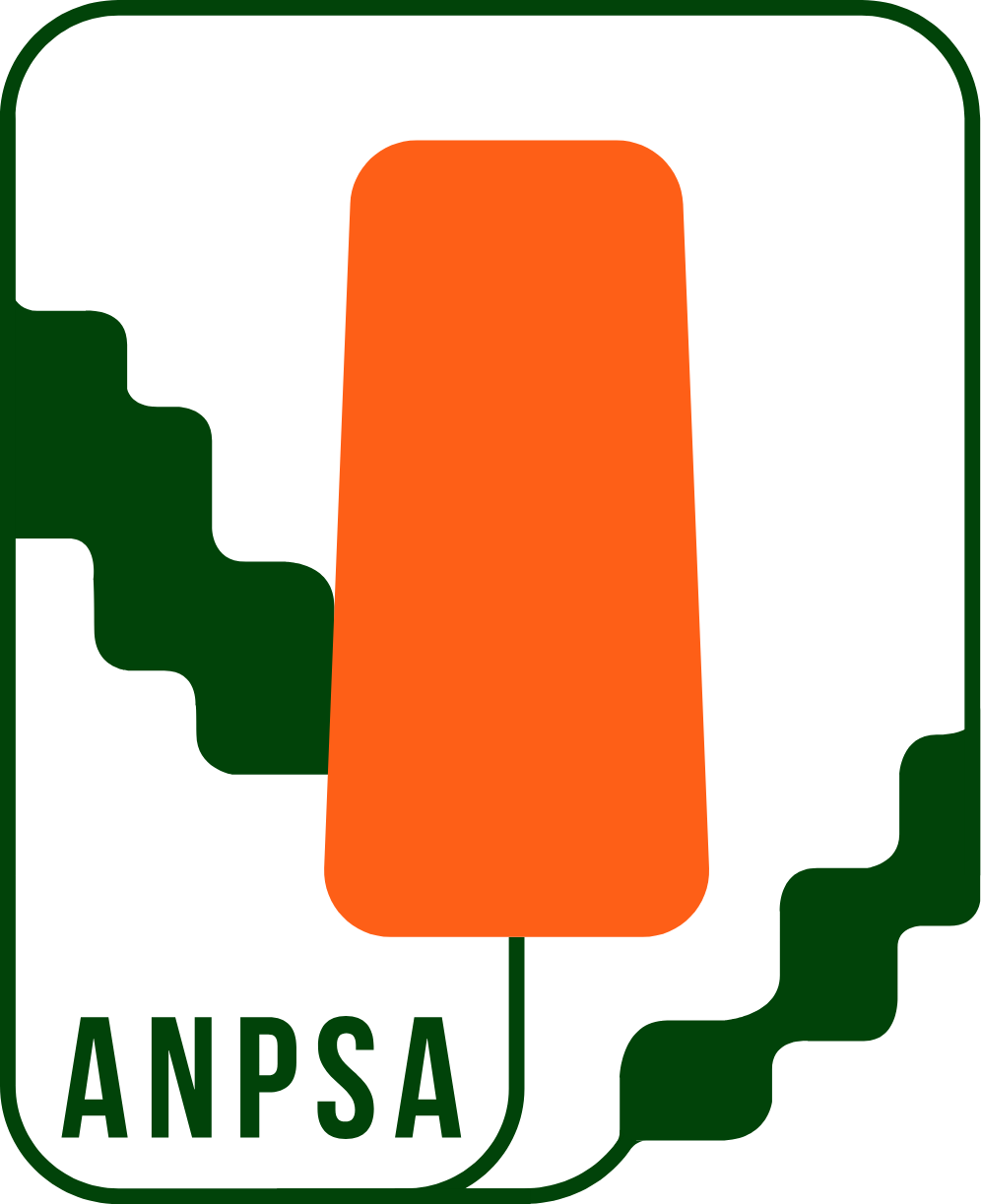Join
Membership is available to members of an ANPSA-affiliated Regional Society. If you are not a member of a Regional Society, please contact the Society located in your State or Territory for further information.
To join the Australian Pea Flower Study Group, please send a request using the following form (please note that all fields are mandatory* – you may edit the ‘Message’ field if necessary) :
Australian Pea Flower Study Group Form
Signup form for the Pea Flower Study Group that sends a notification to the Study Group leader.
Newsletters
Newsletters are published to record activities and experiences of Group members in cultivating pea flowers, keeping up to date on scientific knowledge and reporting on field trips.
Past newsletters are provided as an archive. (Note: Newsletters are in pdf format and will require a PDF Reader to view them. Free readers include Foxit Reader and Adobe Acrobat Reader). More recent Newsletters will be uploaded about a year in arrears, so that current Study Group members have privileged access to current content.
This archive includes newsletter number 1 of the former Fabaceae Study Group. If anyone has access to any other newsletters of that Study Group, please advise the current Study Group leader so that missing issues may be scanned and added to this archive.
****Click here to access the Australian Pea Flower Study Group Newsletters*****
Australian Pea Flower Profiles
Profiles of a variety of plants in the pea family have been incorporated into the Pea Flower section of the website, which can be found under ‘Plant Guides > Common Plant Genera and Families’ . Each profile includes a photograph and information on natural distribution, taxonomy, cultivation and propagation.
Click here to view the Pea Flower profiles
The Pea Family section of the website also covers the characteristics, cultivation and propagation of pea flowers generally, and include references to other relevant resources.
Australian Pea Flower Resources
These are a few internet and other resources on Australian Pea Flowers that might prove useful.
Books:
Most books dealing with Australian native plants will contain useful information on the botany and horticulture of the pea-flowered plants. Some of the most detailed references are listed below (most, if not all, of the following are out-of-print but may be available through municipal libraries).
- Elliot, R and Jones D (1982), The Encyclopaedia of Australian Plants, all volumes, Lothian Publishing Company Pty Ltd, Melbourne.
- Symon, D and Jusaitis, M (2007), Sturt Pea, a Most Splendid Plant, Board of the Botanic Gardens and State Herbarium, and Department for Environment & Heritage, Government of South Australia, Adelaide.
- Wrigley, J and Fagg, M (2013 – 6th ed), Australian Native Plants: Cultivation, use in landscaping and propagation, Sydney, Australia: Reed New Holland.
- Woolcock, D. (1989), A Fieldguide to Native Peaflowers of Victoria and Southeastern Australia, Kangaroo Press in association with The Society for Growing Plants-NSW, Kenthurst, NSW.
Journals:
Numerous issues of the Society’s journal “Australian Plants” are particularly useful for those interested in growing the Australian “peas”. Indexes to “Australian Plants” (pdf format) can be found on the main Resources page. Searching these for ‘Fabaceae’ or a specific genus will find numerous references.
The following issues of ‘Australian Plants’ are of particular interest.
- Vol 4, No.35 June 1968: Phyllota; Poison pea flowers.
- Vol 10, No.82 March 1980: Crotalaria.
- Vol 10, No.79 June 1979: Australian Pea-flowers, Their Cultivation; The Plant Family Fabaceae.
- Vol 11, No.86 March 1981: Peaflower Plants of Australia; Psoralea; Glycine.
- Vol 11, No.87 June 1981: Bossiaea and related genera (includes, Platylobium, Hovea, Templetonia, Goodia).
- Vol 11, No.89 December 1981: Sturt’s desert pea – history, cultivation and propagation; Grafted desert peas.
- Vol 12, No.95 June 1983: Pultenaea Part 1.
- Vol 12, No.99 June 1984: Pultenaea Part 2.
- Vol 13, No.102 March 1985: Pultenaea Part 3.
- Vol 13, No.106 March 1986: Pultenaea Part 4.
- Vol 13, No.107 June 1986 Pultenaea Part 5.
- Vol 14, No.111 June 1987: Pultenaea Part 6.
- Vol 14, No.112 September 1987: Pultenaea Part 7.
- Vol 14, No.115 June 1988: Pultenaea Part 8.
- Vol 14, No.116 September 1988: Pultenaea Part 9.
- Vol 15, No.119 June 1989: Fabaceae – the Pea-flowered Wildflower Family; Pultenaea Part 10; Gompholobium.
- Vol 15, No.120 September 1989: Pultenaea Part 11.
- Vol 15, No.124 September 1990: Sturt’s desert pea.
- Vol 17, No.135 June 1993: Chorizema.
- Vol 17, No.138 March 1994: Burny bean – Mucuna gigantea.
Internet:
- ‘Dusky’ – The Runaway Coral Pea
- Everything New is Old Again; Is it a Gastrolobium?? Probably….
- Fabaceae tribes Mirbelieae and Bossiaeeae
- Family Fabaceae – faboideae. Botanical details from the Royal Botanic Gardens, Sydney
- Garden Clinic, Pretty Peas – native pea flowers
- Growing Native Plants – a selection of horticultural plant profiles from the Australian National Botanic Garden’s ‘An introduction to Growing Native Plants’. The following pea flowers are included:
-
- Castanospermum australe
- Chorizema cordatum
- Daviesia arborea
- Daviesia mimosoides
- Gastrolobium celsianum
- Gastrolobium sericeum
- Indigofera australis
- Jacksonia scoparia
- Mirbelia speciosa
- Pultenaea pedunculata
- Pultenaea villosa
- Swainsona formosa
- Swainsona galegifolia
- Viminaria juncea
- Gompholobium: The Glory Peas
- The Pea Key; An interactive key for Australian Pea-flowered Legumes.
- Wallum Pea Flowers
 Australian Native Plants Society (Australia)
Australian Native Plants Society (Australia)